What is the amazing mechanism by which the 'rabies virus' with a case fatality rate of 99.99% or more kills people?

The Deadliest Virus on Earth --YouTube
Lyssavirus is named after the ancient Greek goddess of madness, Lyssa, and has plagued humankind for more than 4000 years, even if it is known.
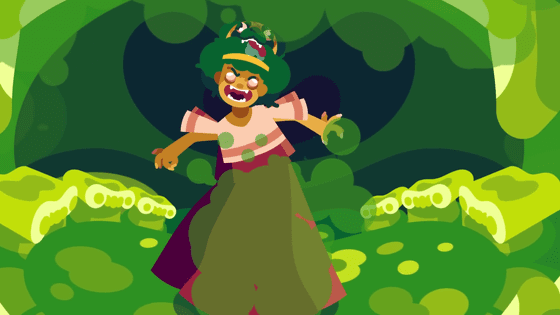
Rabies transforms animals into angry beasts, making humans like water-fearing zombies.

However, the most important feature of lyssavirus is that it is incredibly clever to evade the human immune system.

A virus is located between living and inanimate objects, and is just a collection of 'genetic commands' that cannot grow without living cells. Among such viruses, lyssavirus is particularly simple and has commands for only five genes, five proteins.
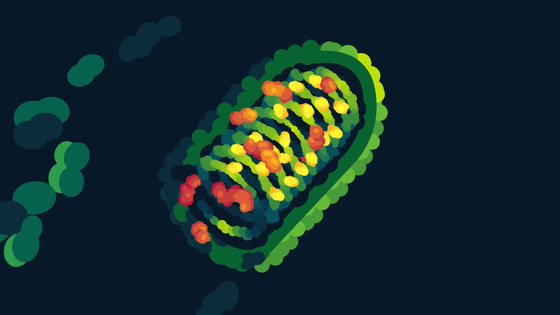
Lyssavirus uses these five genes to infect, evade the immune system, move to the brain, self-renewal, and infect new hosts.
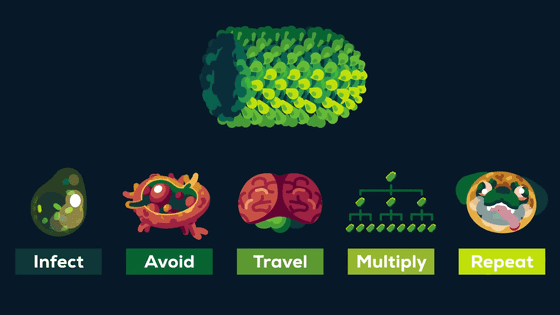
Rabies infection often begins with being bitten by a dog infected with the lyssavirus.

The lyssavirus that invades the body with saliva attached to the dog's fangs first targets the nerve tissue.
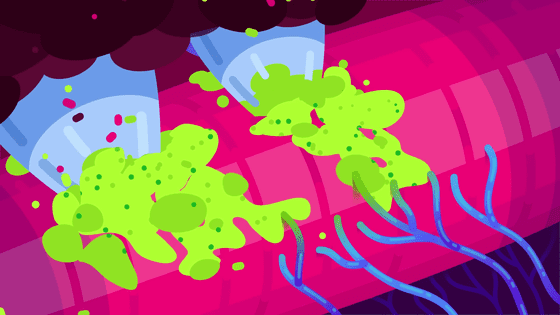
Nerve cells are, so to speak, 'living electric wires' and have the role of transmitting signals throughout the body.
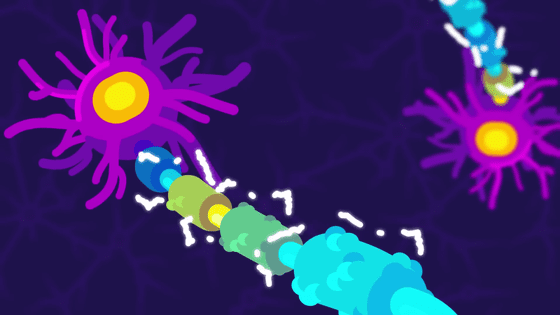
Lyssavirus is thought to invade through receptors at the ends of this nerve and sneak into unprotected nerves.
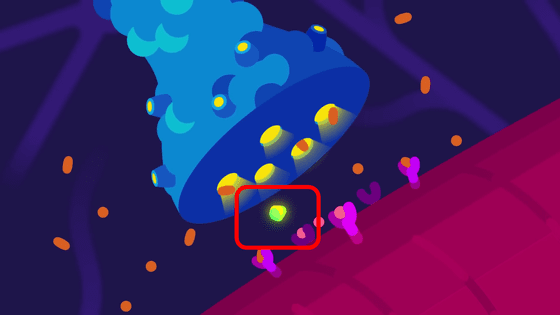
In order for the virus to multiply, it must reach the cellular mechanisms of nerves, but the long nerves require long-distance travel.
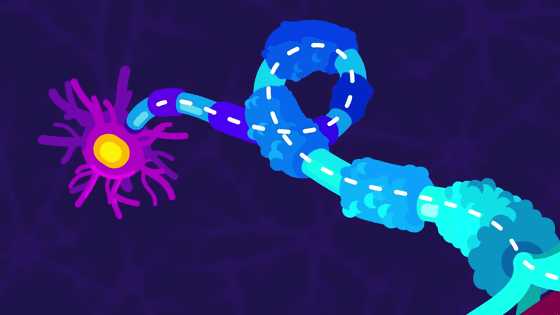
This is where

Dynein is a molecular motor that delivers necessary substances to cells through transport channels called microtubules, and looks like a two-legged robot walking on microtubules.
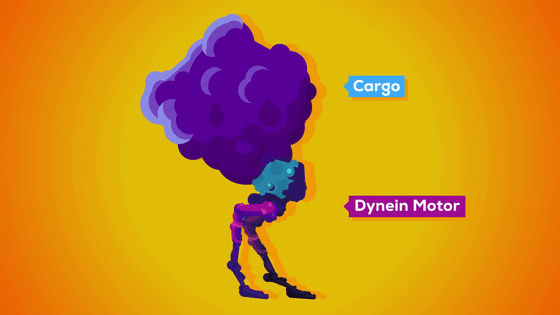
Lyssavirus uses one of five proteins to hijack this transport system and command it to transport itself to the cell's nucleus.
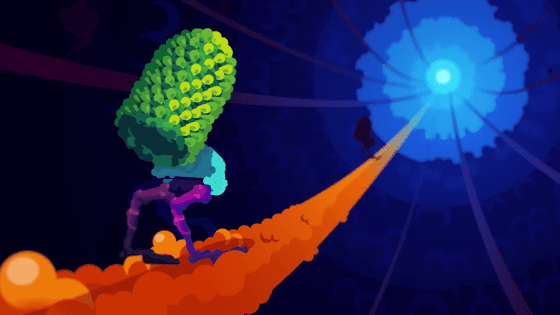
And once invaded, there is little way for the human immune system to detect it.
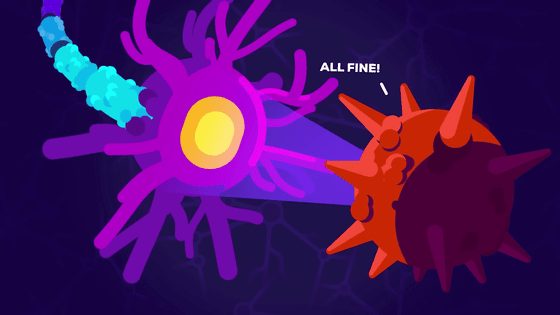
When normal cells detect the invasion of a virus, they release large amounts of special proteins.
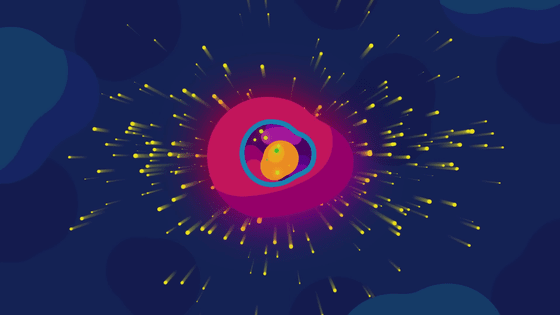
One of them is a protein called
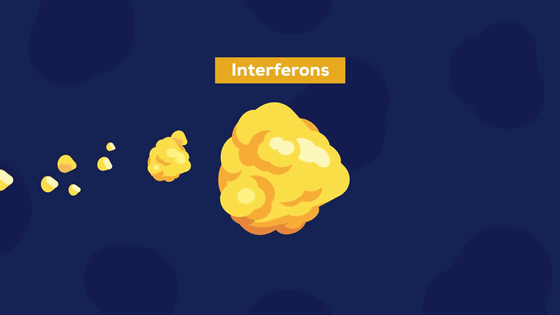
Interferon causes immune cells to create antiviral weapons, stops the synthesis of proteins in infected cells, and delays the self-renewal of the virus.
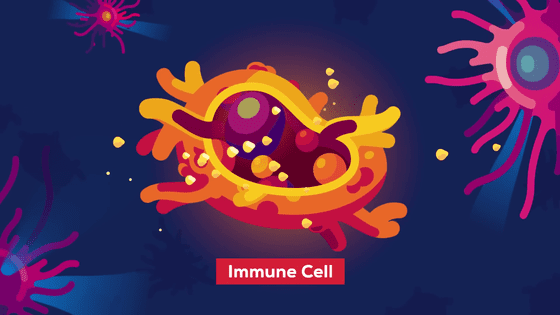
In addition, cells use a substance called

Interferon works by instructing you to increase the number of samples presented, so that if your cells are infected with the virus and are producing genes or components of the virus, your immune cells will be able to detect it quickly. Become.
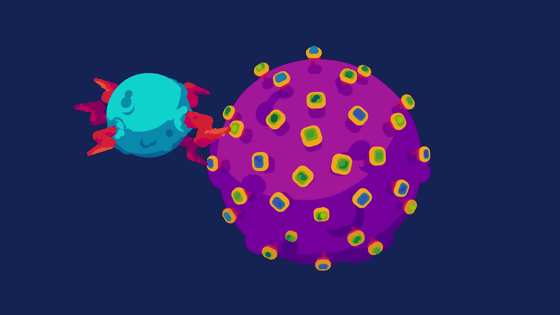
After confirming that the cells are infected with the virus, the immune cells command the cells to self-destruct and eradicate the virus. This is how the body's immune system fights off normal viruses.
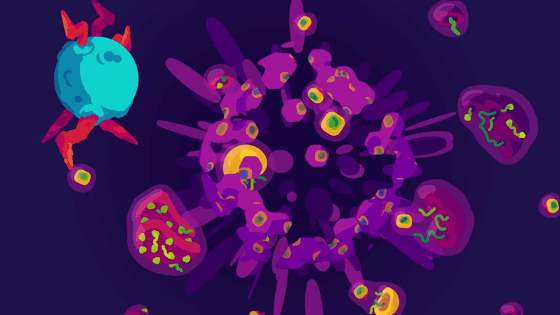
However, lyssavirus blocks nerve cells from making interferon, so it does not get caught in the immune system's surveillance network.
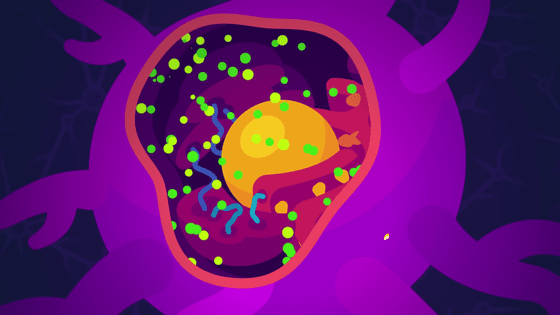
Moreover, many viruses are released into the body at the same time as the cells rupture, but lyssavirus quietly moves from cell to cell without destroying nerve cells.
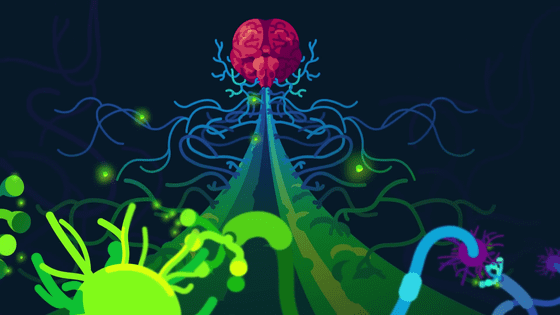
This movement is so slow that it can take weeks, months, or even years for the lyssavirus to reach the brain, depending on where the animal bites and the number of viruses that have invaded the body. ..
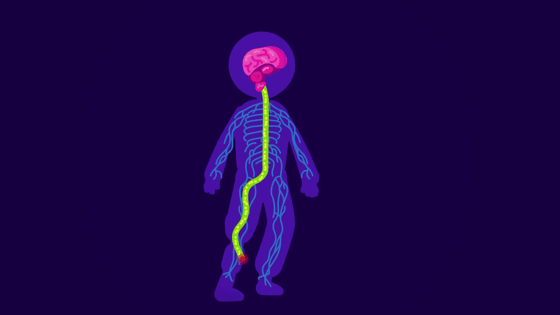
Lyssavirus propagates in the body in this way, but eventually the immune system that detects the abnormality sends in
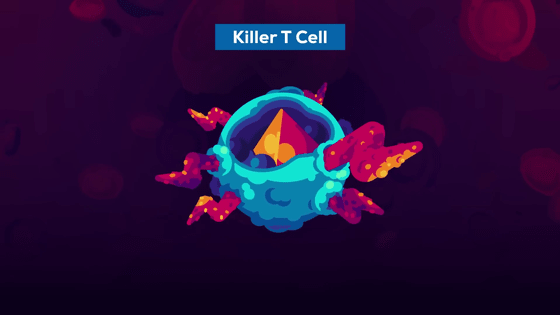
This is the place to settle for a normal virus infection, but the lyssavirus repels killer T cells as if it were a reverse card of Uno.
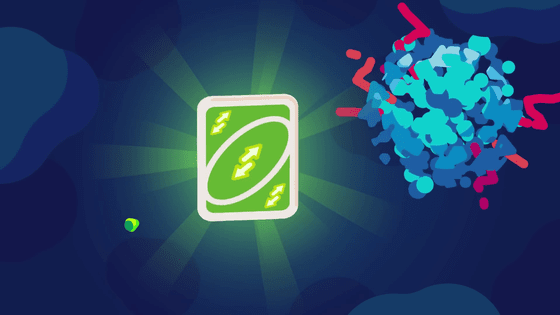
The central nervous system is a very delicate system, so immune cells cannot enter freely.
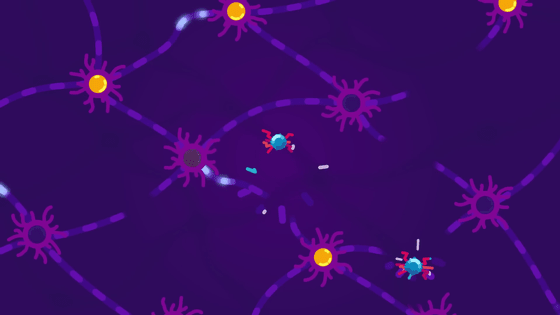
Immune cells cannot enter the nervous system without the permission of the nerve cells, and they can even order the immune cells to self-destruct if they determine that the immune system is overreacting.
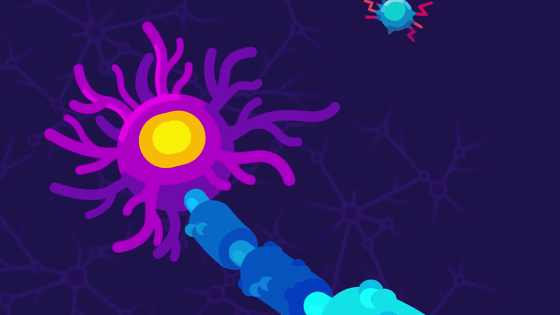
Lyssavirus hijacks the self-defense ability of these nerve cells and causes them to self-destruct when powerful immune cells approach.

When the virus reaches the brainstem in this way, the infected person just waits for death.
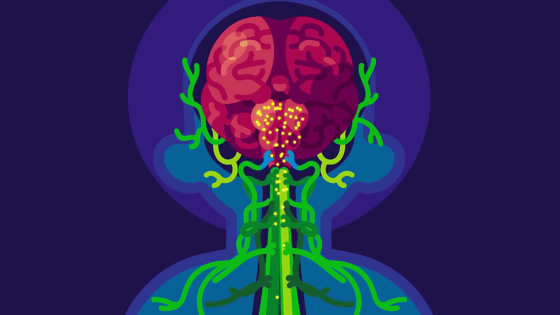
In fact, despite years of research, the way lyssavirus kills infected people is not well understood.

In the case of a normal viral infection, the rapidly multiplying virus kills a large number of cells, causing a large-scale immune response and damaging the human body.
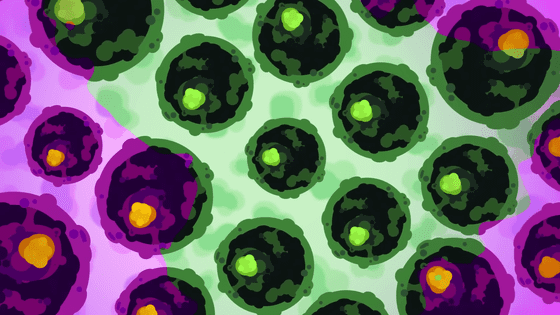
However, examination of the brain tissue of rabies patients shows little damage, and in some cases no damage at all.
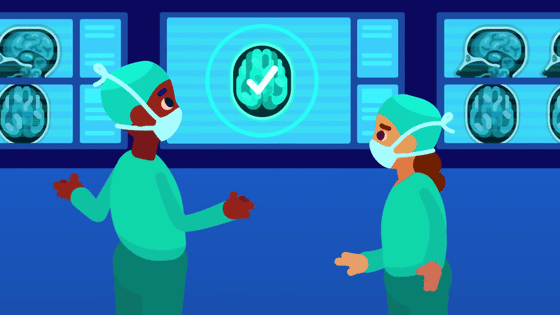
Rabies is now thought to disrupt neuronal communication in the brain and cause it to malfunction, leading to death in patients.
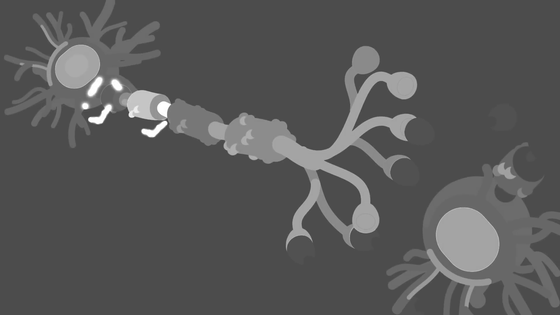
As rabies progresses, symptoms such as confusion, aggression, and paralysis occur.
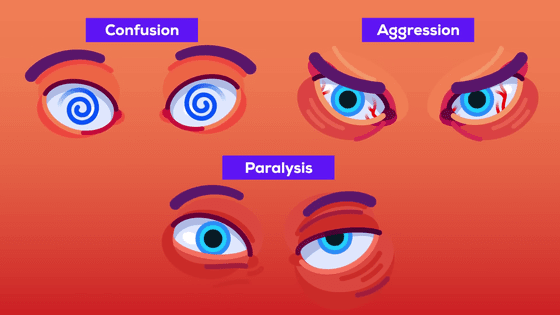
Then, this time, it runs backwards in the nerve and heads from the brain to the salivary glands.
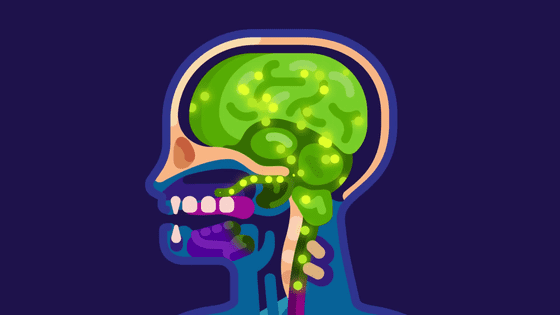
It is not known how the lyssavirus reverses the process from nerves to the brain.
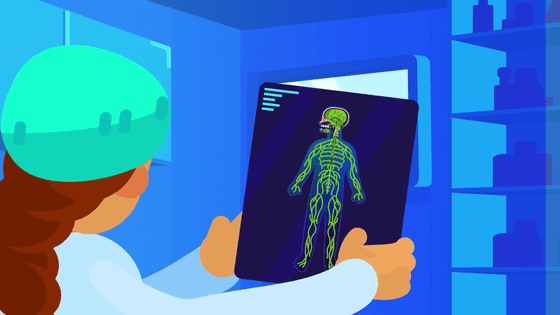
In the case of animals, rabies animals bite other animals and the lyssavirus in saliva invades the bitten animal's body and spreads the infection. However, no cases of humans spreading rabies by biting another person have been reported so far.

As the symptoms progress, the patient develops encephalitis, the organs fail one after another, and the patient falls into a coma and eventually dies.
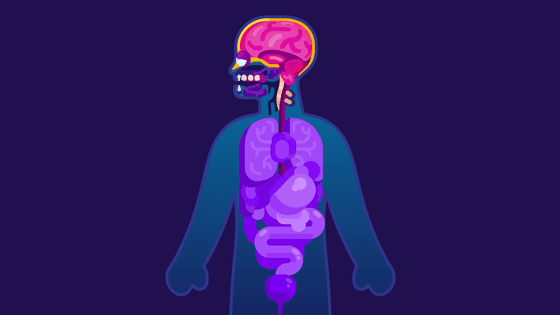
There is no effective cure, and few people have been saved since the onset of rabies.

A cure for AIDS is being established, and smallpox, which has been raging with extremely strong infectivity, has been eradicated, but rabies has no cure and has not been eradicated. It can be said to be the most deadly virus in Japan.
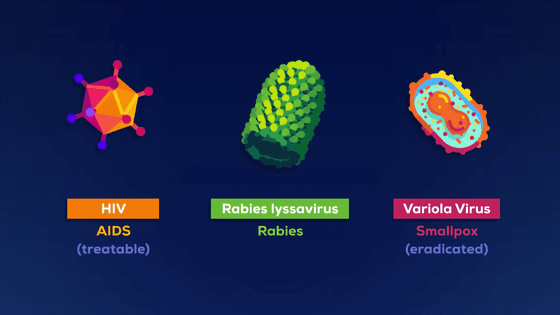
Although it is such rabies, there are effective countermeasures. It's a vaccine. In fact, rabies is one of the first infectious diseases that human beings developed a vaccine for.
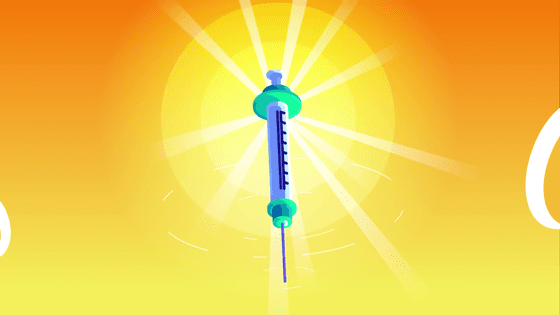
With a vaccine, most of the ways lyssavirus can invade the human body can be blocked in advance.
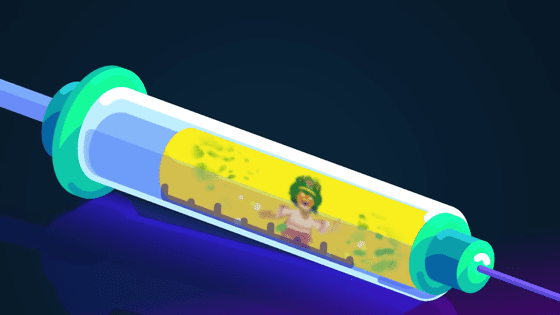
Moreover, the lyssavirus progresses so slowly that vaccination after being bitten by an infected animal can prevent its onset.

It is very important that the vaccine is effective even after being bitten and before the onset, because there are many cases where the bite is small and the detection is delayed, such as when bitten by a bat infected with rabies.
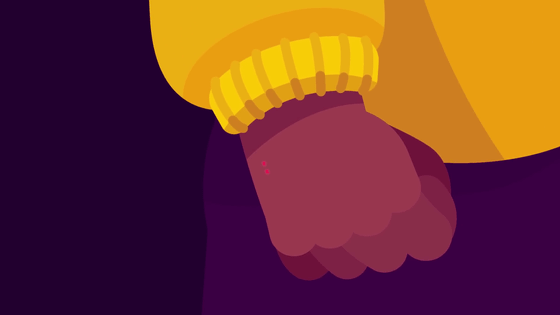
Rabies has scared humankind for thousands of years, but even today, 60,000 people die each year, and half of the victims are children.

Therefore, if the

Kursgesagt said, 'Rabies is still a monster lurking in the woods with wild animals, but one day humans will get rid of this monster and remember it as the same mythical being as other monsters. Let's hope. '

Related Posts:







